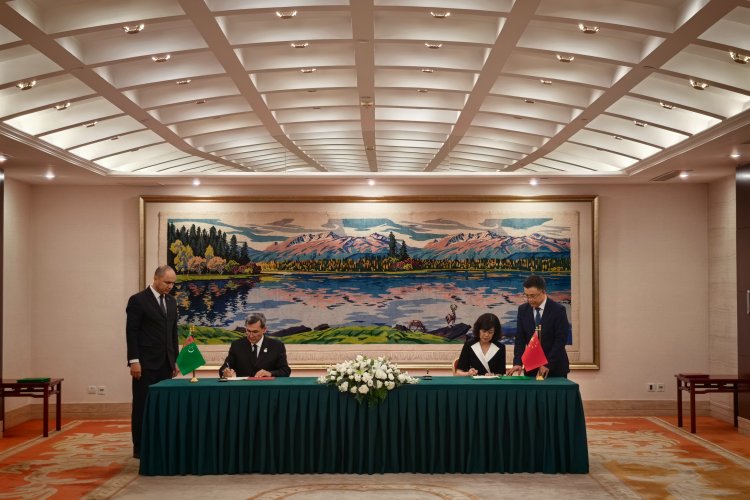Recently, international top journal Nature Climate Change (2015-2016 influence factor: 17.184) published “Persistent Shift of the Arctic Polar Vortex towards the Eurasian Continent in Recent Decades”. This paper is the newest research fruit of research group led by professor Tian Wenshou from College of Atmospheric Sciences, Lanzhou University. The corresponding author is professor Tian, and the first author is a young teacher of LZU, Zhang Jiankai, who was instructed by prof. Tian in the pursuit of doctor’s degree.
Abstract:
The wintertime Arctic stratospheric polar vortex has weakened over the past three decades, and consequently cold surface air from high latitudes is now more likely to move into the middle latitudes1, 2, 3, 4, 5. However, it is not known if the location of the polar vortex has also experienced a persistent change in response to Arctic climate change and whether any changes in the vortex position have implications for the climate system. Here, through the analysis of various data sets and model simulations, we show that the Arctic polar vortex shifted persistently towards the Eurasian continent and away from North America in February over the past three decades. This shift is found to be closely related to the enhanced zonal wavenumber-1 waves in response to Arctic sea-ice loss, particularly over the Barents–Kara seas (BKS). Increased snow cover over the Eurasian continent may also have contributed to the shift. Our analysis reveals that the vortex shift induces cooling over some parts of the Eurasian continent and North America which partly offsets the tropospheric climate warming there in the past three decades. The potential vortex shift in response to persistent sea-ice loss in the future6, 7, and its associated climatic impact, deserve attention to better constrain future climate changes.
(Translated by Chen Yan, proofread by Zhu Yanlin)




